A group of scientists in Ho Chi Minh City has created a stem cell sheet that acts as a "biological patch" to help restore infarcted heart muscle, successfully testing it on mice.
The research was conducted by a group of scientists from the Ho Chi Minh City Biotechnology Center and was completed in April. The work has opened up a new research direction in treating myocardial infarction with stem cells.
Dr. Pham Le Buu Truc (41 years old), project leader, said that cardiovascular disease is considered a "silent killer" because the mortality rate is currently the highest among non-communicable causes, higher than cancer, diabetes... Current treatment methods help improve symptoms and slow down the progression of heart failure, but cannot help regenerate or completely restore damaged heart muscle.
The research team tested the grafting of stem cell sheets into the damaged heart wall area, helping to protect the function of this area. The stem cell sheets are likened to a "biological patch" in the damaged area, reducing fibrosis, contributing to protecting the heart muscle wall and creating an opportunity to restore heart muscle cells to normal.
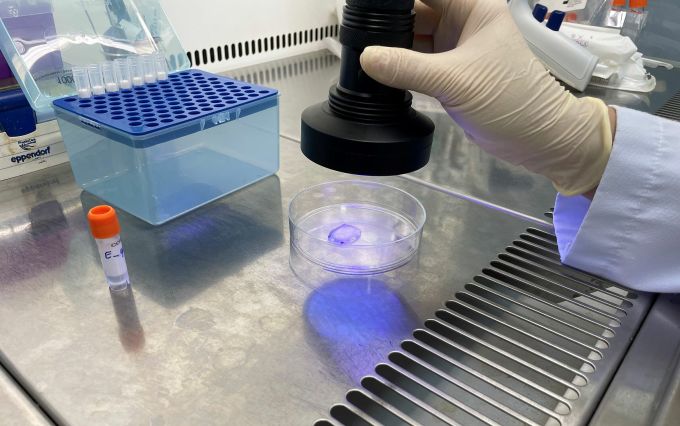
The biological patch exists in gel form and must be exposed to UV light to harden and bond to the heart wall. Photo: Ha An
To create the "biological patch", the team selected, isolated and cultured mesenchymal stem cells from human umbilical cord tissue. This is a type of infant stem cell that is young, healthy, easy to collect, has very good compatibility and almost does not cause immune rejection. At the same time, the team also created a special gel and used light technology to create a link between stem cells and the scaffold to help shape the cell sheet when introduced into the body.
This stem cell "biological patch" will work when implanted into the heart wall, restoring ischemic heart tissue or dead cell areas, improving the heart's ability to function.
The group tested on white mice for verification. The mice were operated on and had their coronary arteries tied to create a model of myocardial infarction leading to heart failure. After 14 days, the group selected the heart failure mouse model based on the left ventricular total blood fraction index assessed by ultrasound (an index assessing left ventricular function) which decreased to 20 - 30%. Performing a second surgery, grafting the "biological patch", the group put the stem cell sheet on the infarcted heart area and monitored the morphological development, weight, and other biological indicators for 2 - 3 weeks to assess their recovery ability.

Dr. Pham Le Buu Truc, author of the research on creating a biological patch to treat heart disease. Photo: Ha An
Through echocardiographic monitoring, the group found an improvement in left ventricular contractile function after transplantation compared to the control group and performed heart surgery on the mice. Dr. Truc and his colleagues analyzed the histological characteristics of the degree of fibrosis in the heart wall, the process of linking the "biological patch" containing stem cell tissue with the mouse heart muscle tissue, gene expression...
As a result, the group of mice that were transplanted with the TB2 cell sheet had a reduction in the percentage of heart tissue fibrosis to 2.4%, which was the best among the groups of mice tested. In addition, the stem cell sheet did not show any immune rejection. "This result is an important basis for the next steps of human testing," said the female doctor with more than 15 years of experience in stem cell research to treat cardiovascular diseases.
For clinical trials on humans, if open surgery is performed to implant the stem cell sheet into the heart wall, many problems will arise, including the risk of being too invasive. Therefore, Dr. Truc proposed using a technique to inject gel containing stem cells into the pericardial cavity. Then, a compact light-emitting device (which helps the gel solidify and condense) is inserted into the damaged area of the heart muscle to create a "biological patch" of stem cells in situ, helping to cover the damaged heart tissue. This is considered a minimally invasive method, reducing the possibility of complications and can bring many treatment benefits to patients.
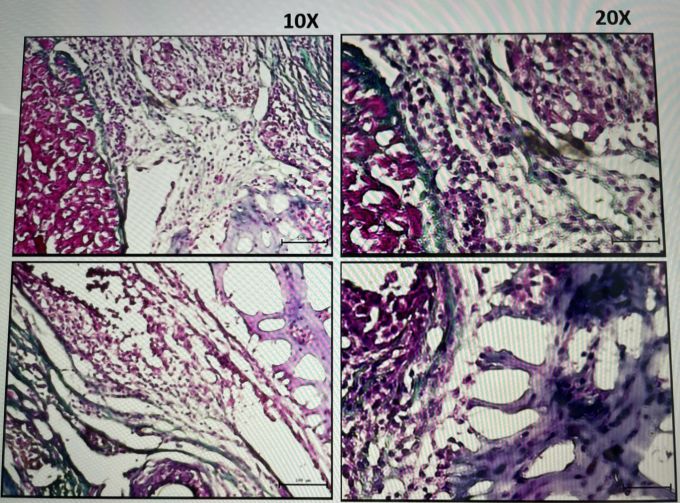
Magnified image of the connection between the stem cell sheet and the heart muscle in the TB2 sample. Photo: NVCC
Dr. Bui Quoc Thang (Department of Resuscitation - Pediatric Cardiac Surgery, Cho Ray Hospital), assessed that the results of the study contributed to suggesting many approaches to help bring new effects in supporting the treatment of cardiovascular diseases, especially myocardial infarction. The graft helps reduce the fibrosis process, thereby improving the contractile function of the left ventricle, showing the effectiveness of protecting myocardial cells in ischemic conditions. This can be applied in combination with current treatment methods such as medication, stent placement or coronary artery bypass surgery to increase the treatment effectiveness of current methods.
However, Dr. Thang said that to apply on humans, some more preclinical studies are needed to clarify the mechanism of reducing fibrosis and protecting myocardial cells in the ischemic state of the cell sheet. This will help doctors strengthen the scientific basis for the next steps of clinical trials. In addition, to conduct on humans, the research needs permission from the Ministry of Health and a huge investment of resources. The reason is that clinical trials are very expensive, requiring a team of clinical experts to understand how to conduct research. "If the research on humans is successful, the benefits to science, patients and even the economic benefits will be commensurate with the investment," said Mr. Thang.
Ha An
Source link


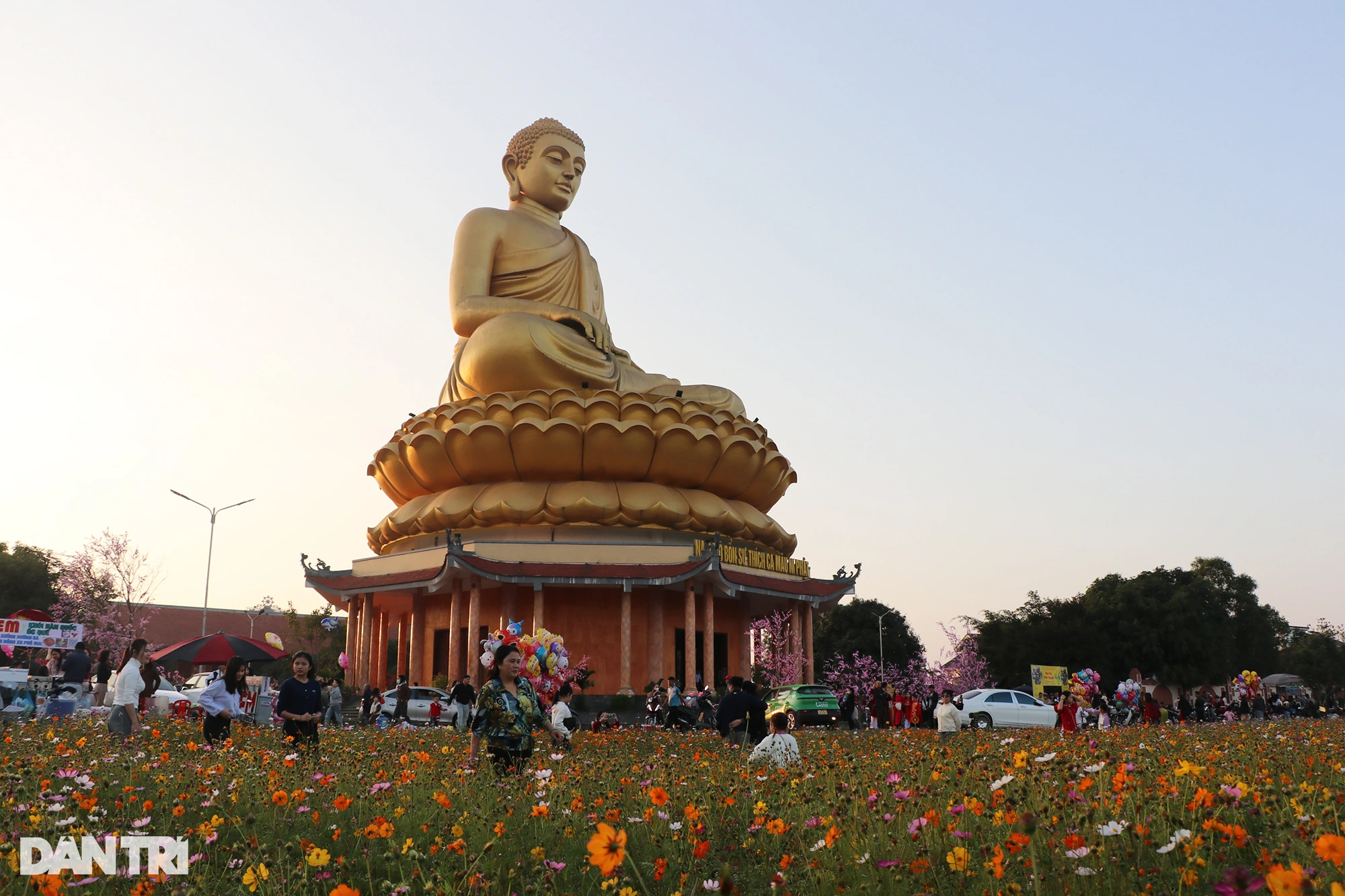





















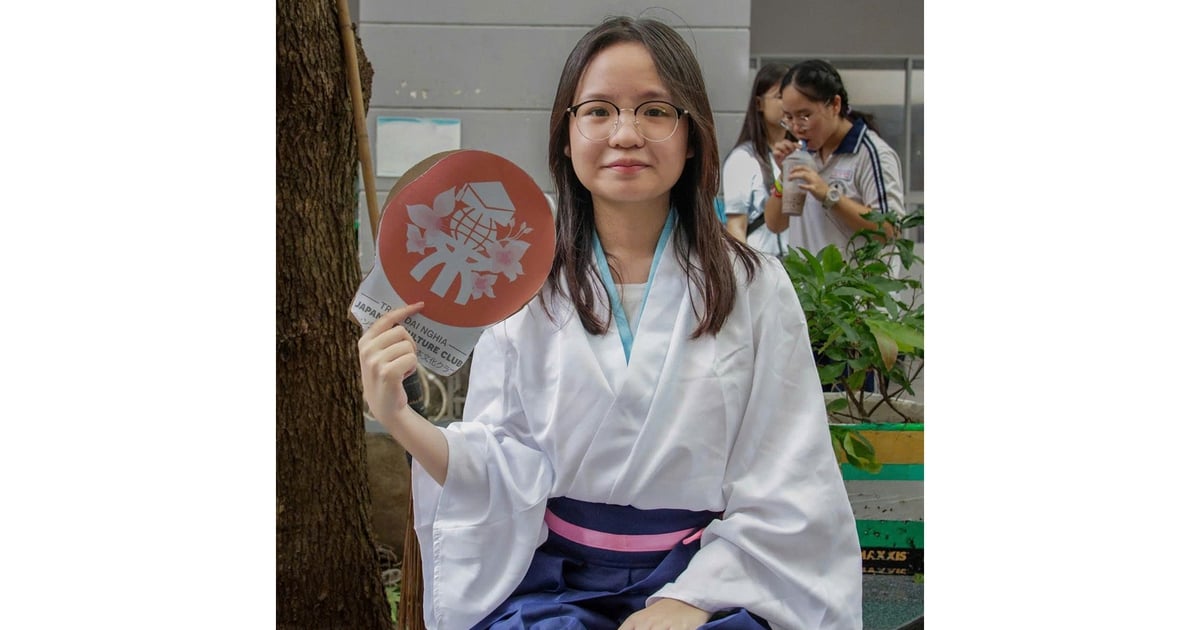
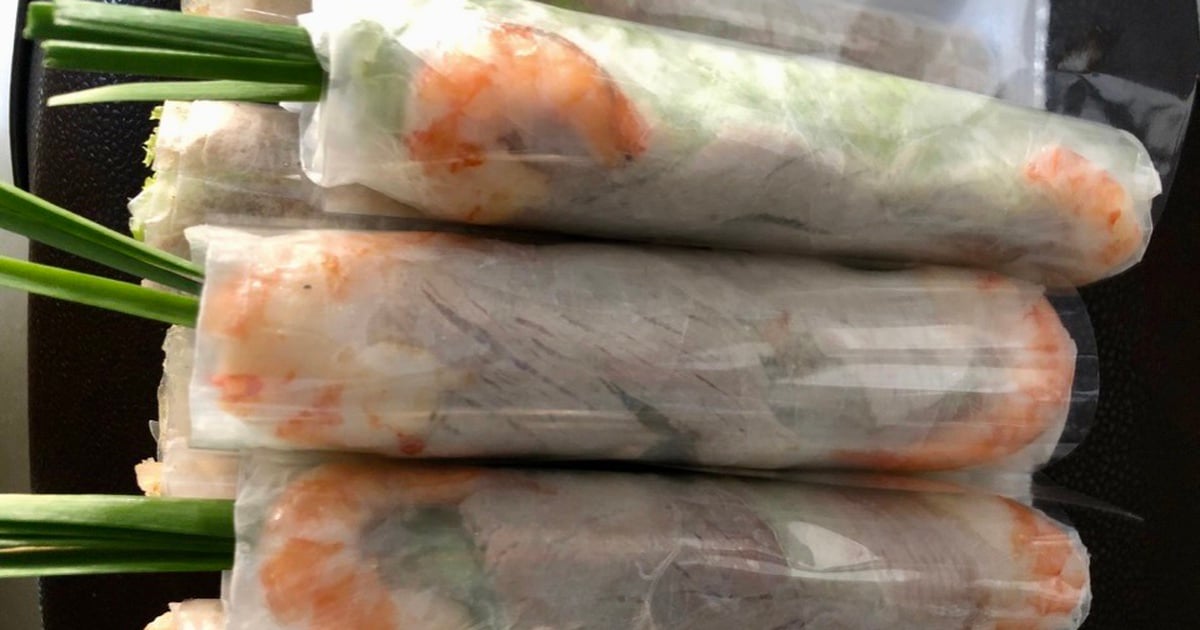
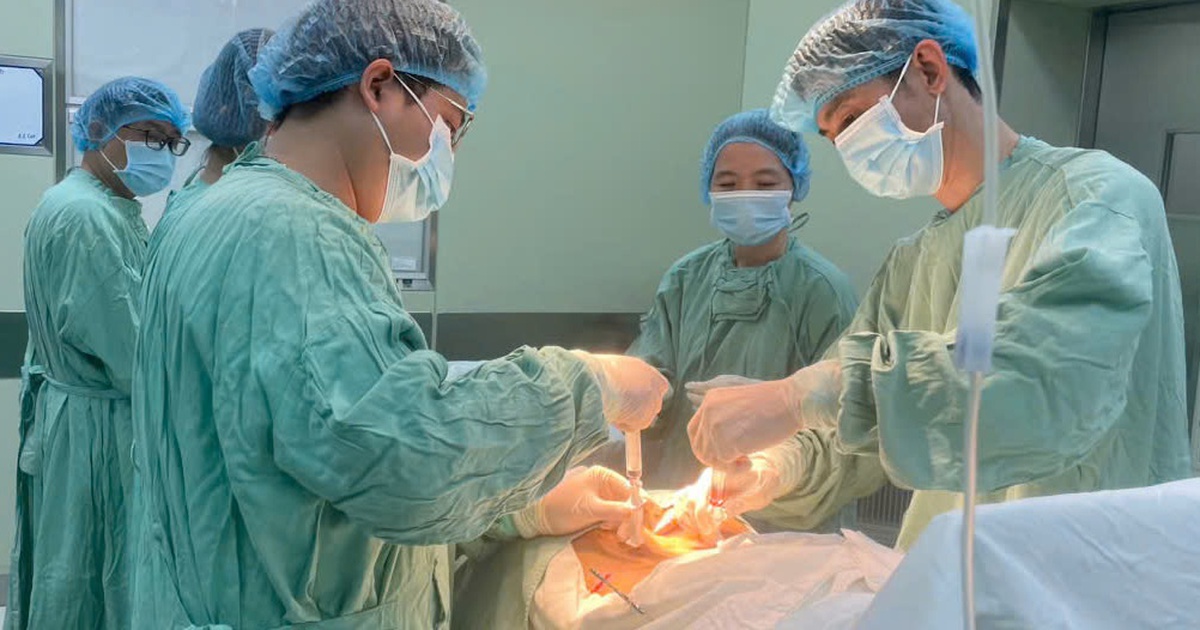
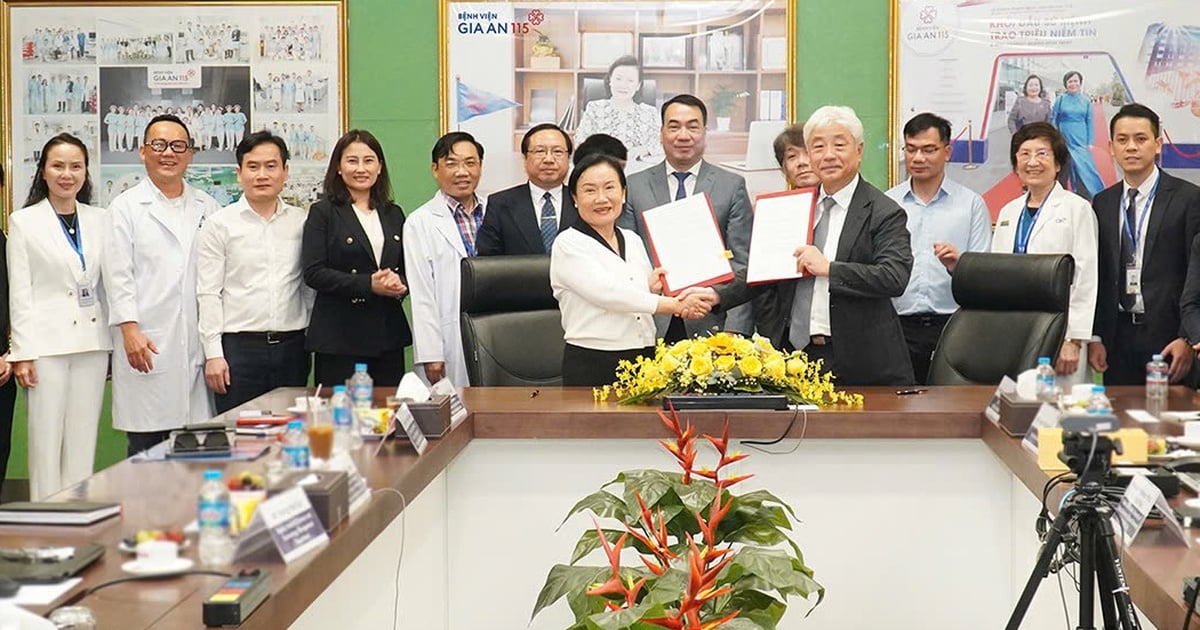
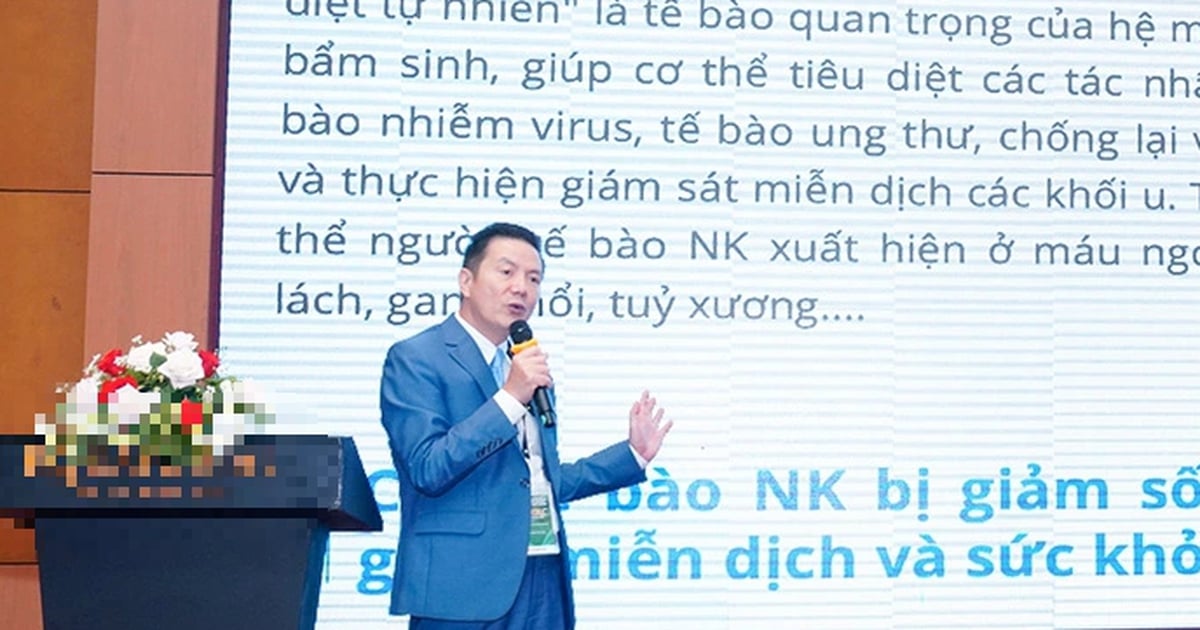
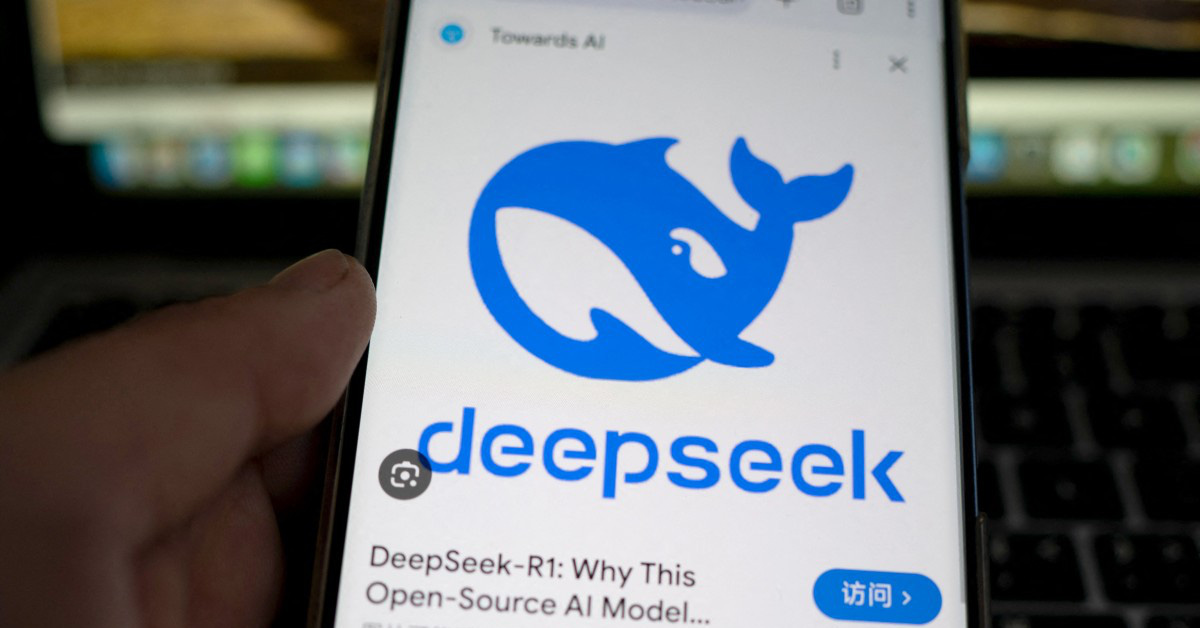



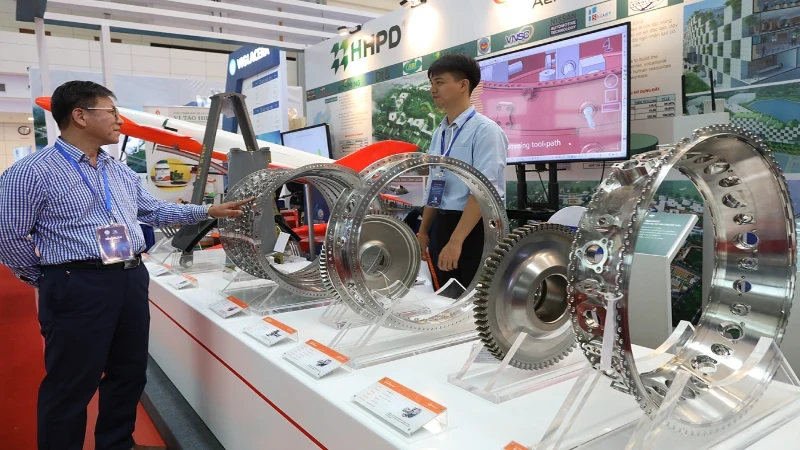

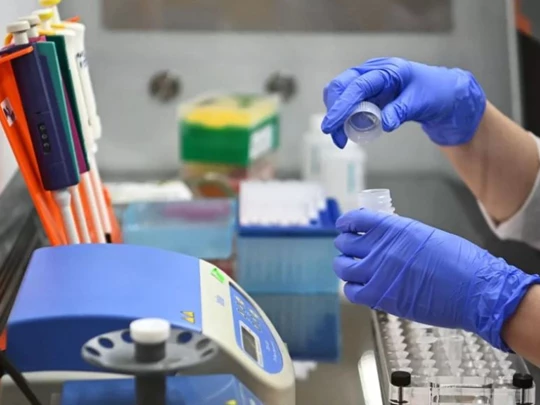

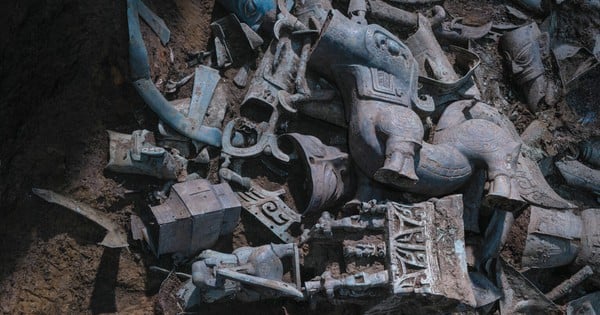
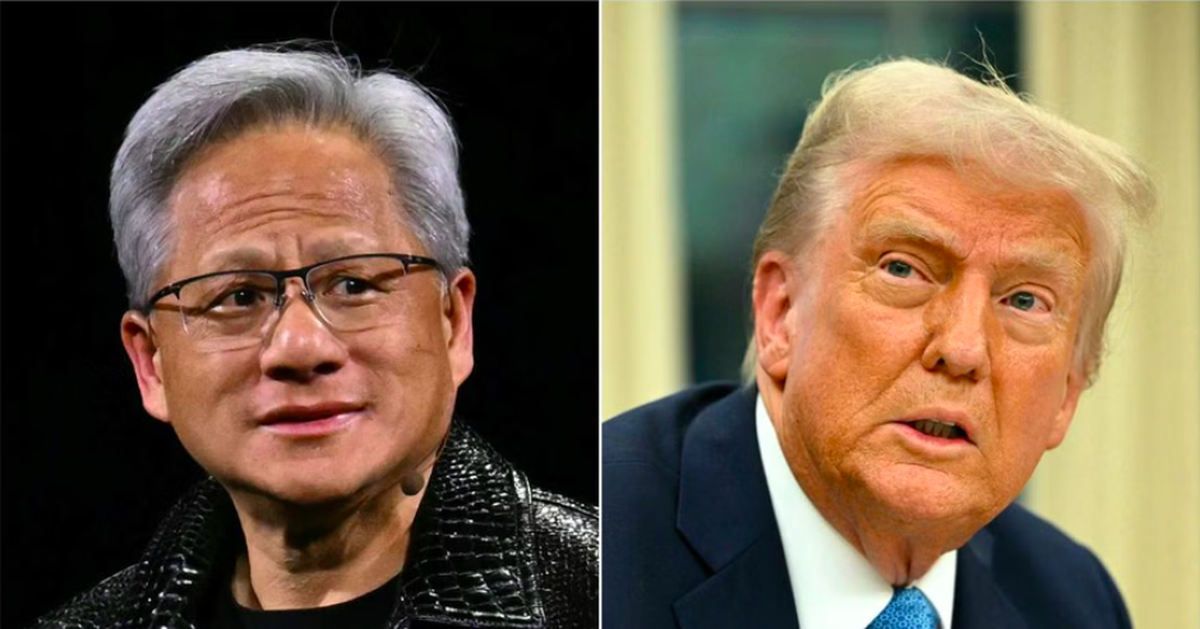





















Comment (0)